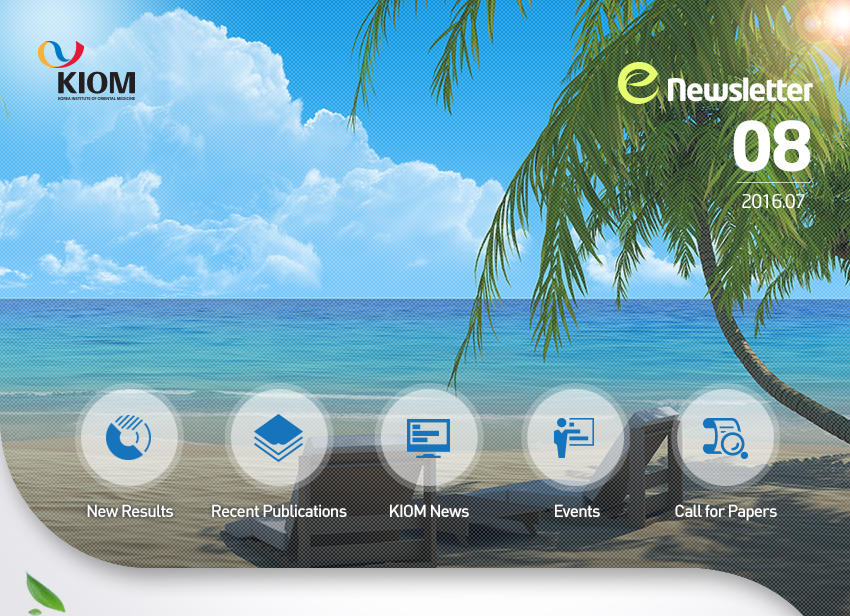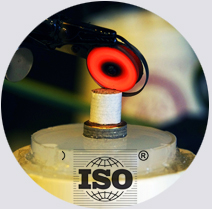

 At the International Standardization Organization (ISO) Technical Committee 249 (TC 249), General requirements of moxibustion device were developed through a project in which Korea and China actively participated. At the International Standardization Organization (ISO) Technical Committee 249 (TC 249), General requirements of moxibustion device were developed through a project in which Korea and China actively participated.
※ ISO TC249 : a technical committee for developing international standards in traditional medicine In traditional medicine, moxibustion is one of the key treatment methods so much so that there is a saying that goes, “First, apply acupuncture. Second, use moxibustion. Third, rely on medicine.” However, when it comes to moxa manufacturing, each country has different moxa types and materials. Accordingly, there has been confusion concerning manufacturing methods due to the lack of clear-cut standards. Thus, in 2012, KIOM proposed national standards in terms of the general requirements of moxibustion to attain quality and safety in moxibustion. As a result, KS Standards for moxibustion have been developed. In May, 2012, Principal researcher Ryu Yeon Hee of KIOM put forth a proposal for international standards for moxibustion based on the KS General requirement of moxibustion at the Third Plenary Meeting of ISO/TC249 that was held in Daejeon. At that time, China also proposed international standards for moxibustion. This led to the agreement at the plenary meeting to jointly set up a standards development project by the two countries. Since then, many discussions have been made among member countries through the two-country-initiated project. In November, 2015, the international standards for moxibustion were finally developed in the form of General requirements of moxibustion device. These newly established international standards are composed of requirements for moxibustion device; safety and quality of materials; configuration and dimensions; material quality; materials used in moxibustion; temperature of moxibustion treatment; and safety of moxibustion treatment. The standards also specified requirements for packaging, marking, transportation and storage. In particular, ISO 18666:2015 also prescribed maximum temperature for moxibustion treatment to protect patients from getting burned. These standards also include requirements stating that the moxa material that is in direct contact with the skin should be securely fixed on it during the treatment. All of these were originally from Korea’s KS Standards. Korea’s unique methodology to artificially dry mugwort, the material for moxibustion and its technique to measure moxibustion temperature, enabling the exact and safe measuring of temperature compared to direct measuring of skin surface temperature, have also been included in the Annex to these ISO 18666:2015 standards. Currently, moxibustion is most commonly used in three countries, namely Korea, China, and Japan and the moxibustion market is steadily growing. For example, in China, moxibustion treatment practitioner offices and clinics are expected to grow to up to 4,000 by 2020. Such development of international standards for moxibustion will contribute to improved quality and safety of moxibustion in the world. |
